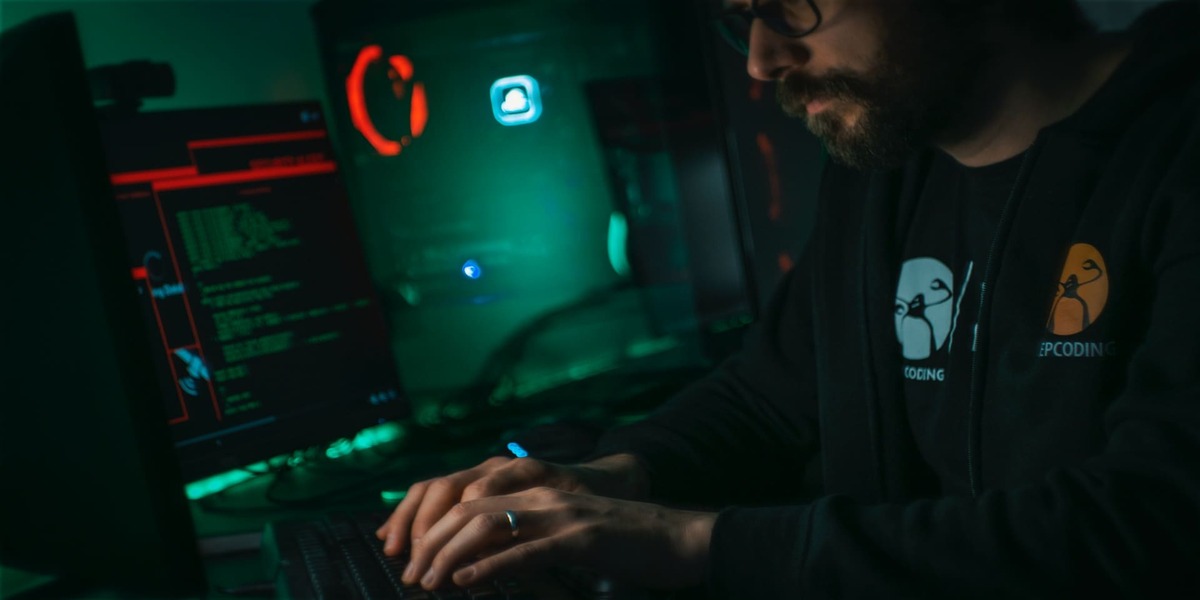The recent infiltration of the MOVEit managed file transfer product by the notorious cyber threat actor Cl0p has sent shockwaves through the cybersecurity landscape. This incident stands out not only due to the significant number of affected organizations, which totaled around 582, but also due to the critical implications it holds for the future of cybersecurity.
Understanding the Incident
Cl0p's exploitation of MOVEit commenced around May 27 and marked their third campaign of this nature. Before this, they targeted vulnerabilities in Excelion FTA, and Fortra Go Anywhere products. However, what distinguishes this incident is the sheer volume of stolen data and the extensive list of victim organizations.
What's particularly noteworthy is the overwhelming magnitude of stolen data, causing the threat actor to grapple with its management. Interestingly, the group deviated from their usual modus operandi by inviting victims to engage in negotiations for extortion, indicating an unanticipated turn in their approach.
Shift from Ransomware to Data Theft
Traditionally associated with ransomware attacks, Cl0p shifted its strategy by solely focusing on data theft for extortion purposes. This change reflects the group's adoption of a new approach aimed at automating mass exploitation and data theft, requiring less manual effort than deploying encryptors individually.
Challenges Faced by the Threat Actor
Many victims appear to have overwhelmed the threat actor, resulting in difficulties managing the troves of stolen data and communication channels. Paradoxically, this situation led to a surprising outcome where numerous victims felt reduced pressure to comply with the extortion demands, given the extensive scope of impacted companies.
Exploitation of Zero-Day Vulnerabilities
While the trend of exploiting zero-day vulnerabilities isn't novel, its persistence, particularly among financially motivated groups like Cl0p, is concerning. The reinvestment of illicit gains into acquiring additional zero-days indicates a continuation of this persistent threat.
Conclusion: Adapting to Modern Cybersecurity Challenges
The MOVEit exploitation by Cl0p serves as a poignant reminder of the ever-evolving cyber threat landscape. The shift from ransomware to data theft, the challenges posed by managing many victims, and the ongoing exploitation of zero-day vulnerabilities collectively underscore the complexity of modern cybersecurity.
Organizations must remain adaptable, fortify their security measures, and sustain a vigilant stance to defend against multifaceted cyber threats.
Frequently Asked Questions
1. What makes the MOVEit exploitation by Cl0p significant in the realm of cybersecurity threats?
The incident's significance lies in the substantial number of victim organizations impacted and the unexpected shift by Cl0p towards data theft for extortion, deviating from their traditional ransomware tactics.
2. How did the overwhelming volume of stolen data pose challenges for the threat actor?
The sheer magnitude of stolen data overwhelmed Cl0p, leading to difficulties in managing the troves of information and communication channels, inadvertently reducing pressure on some victims to comply with extortion demands.
3. Why is the shift from ransomware to data theft concerning in the cybersecurity landscape?
This shift signifies a new strategy adopted by threat actors that enables them to automate mass exploitation and data theft, requiring less manual effort compared to deploying encryptors individually.
4. What should organizations do in response to evolving cyber threats like these?
Organizations must adapt by enhancing their security measures, remaining vigilant against various threat vectors, and fortifying their defenses to protect against multifaceted cyber threats like those exemplified by the MOVEit exploitation by Cl0p.
Create an account to read the full article
Create Account
Already have an account? Sign in

